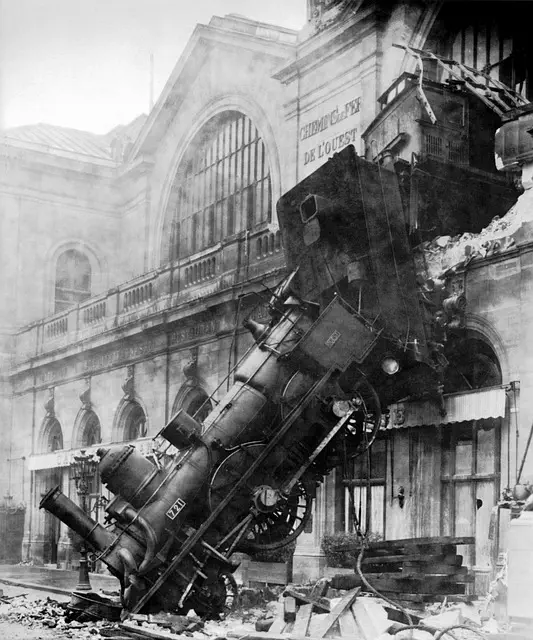In Queens, New York, workplace safety training is legally required and crucial for businesses, especially those at risk of manhattan medical malpractice claims, due to its role in protecting employees and complying with state regulations. Comprehensive programs covering hazard identification, risk assessment, and personal protective equipment (PPE) use are essential. Regular updates are needed when new equipment or processes are introduced. Educating employees about their rights, responsibilities, and reporting procedures is paramount. Such training can significantly reduce accidents and legal issues, including manhattan medical malpractice claims, by fostering awareness and accountability among workers. Lawyers specializing in workplace safety training play a vital role in navigating legal complexities and minimizing financial losses associated with medical malpractice cases in Manhattan's bustling healthcare sector.
In the bustling legal landscape of Manhattan, ensuring workplace safety is not just a moral obligation but a legal imperative. This article delves into the critical aspect of workplace safety training, with a specific focus on Queens, New York. We explore the intricate web of regulations governing safety training and its profound implications for both employers and lawyers, particularly in the context of Manhattan medical malpractice claims. Understanding these dynamics is essential to navigating legal complexities and fostering a safer work environment.
- Understanding Workplace Safety Training Requirements in Queens, New York
- Manhattan Medical Malpractice Claims: Legal Implications for Employers and Lawyers
Understanding Workplace Safety Training Requirements in Queens, New York

In Queens, New York, workplace safety training is not just a recommendation but a legal requirement for all businesses to ensure employee protection and compliance with state regulations. This is especially pertinent in industries where accidents or negligence could lead to severe consequences, such as those involved in manhattan medical malpractice claims. Training programs must be comprehensive, covering various aspects like hazard identification, risk assessment, and the correct use of personal protective equipment (PPE).
Employers are responsible for providing regular updates on safety protocols and procedures, especially when new equipment or work processes are introduced. It’s crucial for employees to understand their rights and responsibilities regarding safety, as well as the reporting mechanisms in place for potential workplace hazards. Adequate training can significantly reduce accidents and related legal issues, including manhattan medical malpractice claims, by fostering a culture of awareness and accountability among workers.
Manhattan Medical Malpractice Claims: Legal Implications for Employers and Lawyers

In New York City, including Manhattan, medical malpractice claims carry significant legal implications for employers and lawyers alike. With a bustling healthcare sector, cases involving negligence or misdiagnosis can lead to substantial financial consequences for businesses and medical facilities. Lawyers specializing in workplace safety training, especially those focusing on medical malpractice, play a crucial role in navigating these complex matters. They ensure that employers understand their responsibilities under the law, helping to prevent future incidents through comprehensive training programs.
These legal professionals must possess in-depth knowledge of Manhattan’s medical malpractice laws and regulations. Effective training sessions can educate employees about patient rights, reporting procedures for suspected maltreatment, and appropriate response mechanisms. By fostering a culture of safety and accountability, lawyers contribute to minimizing the risk of costly litigation resulting from medical errors, ultimately benefiting both employers and patients in the vibrant urban landscape of Manhattan.
In conclusion, ensuring workplace safety through comprehensive training is paramount, especially in bustling cities like Queens. Understanding the legal implications of medical malpractice claims, as highlighted by Manhattan’s stringent regulations, is crucial for employers and lawyers alike. By adhering to these guidelines, businesses can foster a safer environment and navigate potential legal challenges effectively, thereby protecting both employees and their interests.
